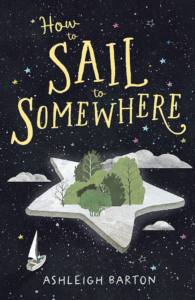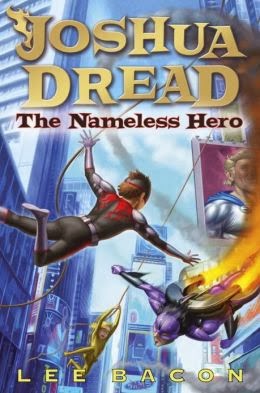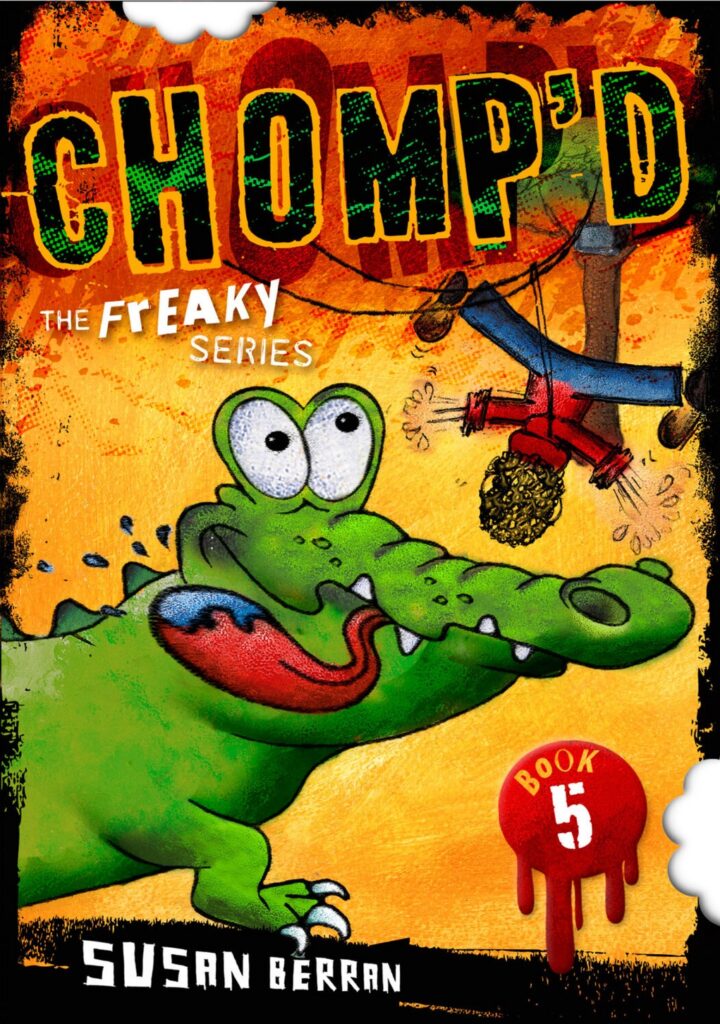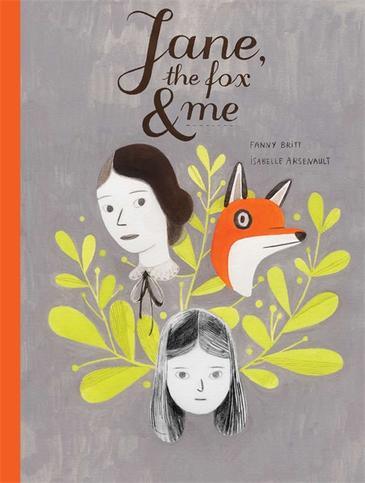Ashleigh Barton, How to Sail to Somewhere, Lothian Children’s Books, March 2025, 288 pp., RRP $16.99, ISBN 9780734423627
Beatrice Glass adores her hilarious and impulsive Uncle Byron, who visits her every summer in her fishing village home. At the end of last summer, he gave her an old book with a map of an island called Somewhere and promised they would sail there together. However, when next summer arrives, Byron doesn’t. Instead Bea is left a series of clues for her and new friend Arabella, to find Somewhere together.
Will she find Byron there and will Arabella discover her mum who left her and her dad all those years ago? This is a charming, simply told novel of new friendship, family and loss. Ashleigh carefully navigates all from the eyes and hearts of two grieving kids, who are determined to find their lost loved ones. It is also about found family and how rumours retold by strangers are hurtful and can even ruin lives.
The cover art by Nancy Liang perfectly captures the gentle whimsy of this story. Recommended for readers who love mysteries and books with heart.
Reviewed by Deborah Abela
A Second Review
It’s summertime, and in the tiny coastal hamlet of Willow, young Beatrice Glass (Bea) has nothing but lonely, friendless days ahead of her now that Uncle Byron is not coming to entertain her for the school holidays. Her parents are surly types who work all day and seem ambivalent to Bea’s loneliness, boredom and joylessness.
Why chatty, charming, colourful Uncle Byron is not coming, as he’s promised to take Bea to a small star-shaped island called Somewhere just off the Willow coastline, isn’t clear. But he’s left a mystery for Bea to solve in a series of handy clues that lead her to new friend Arabella, and Ray, an isolated fisherman whom the Willow folk have wrongly blamed for a tourist boat debacle. He also chats to Bea (in her head), so it’s as if he is there really, willing her to get to Somewhere, telling her she can do it if only she believes in herself. There’s also a whale whom Bea and Arabella save from beach stranding and who turns up further into the book to handily rescue Bea from drowning.
These are convenient authorial choices rather than stemming from believable, nuanced, complex characterization. However, the story’s themes of self-belief, resilience, courage and finding out where you truly belong are worthwhile classroom discussion points for young primary school readers aged 9+ in company with their teachers/mentors.
Reviewed by Suzanne Ingelbrecht





